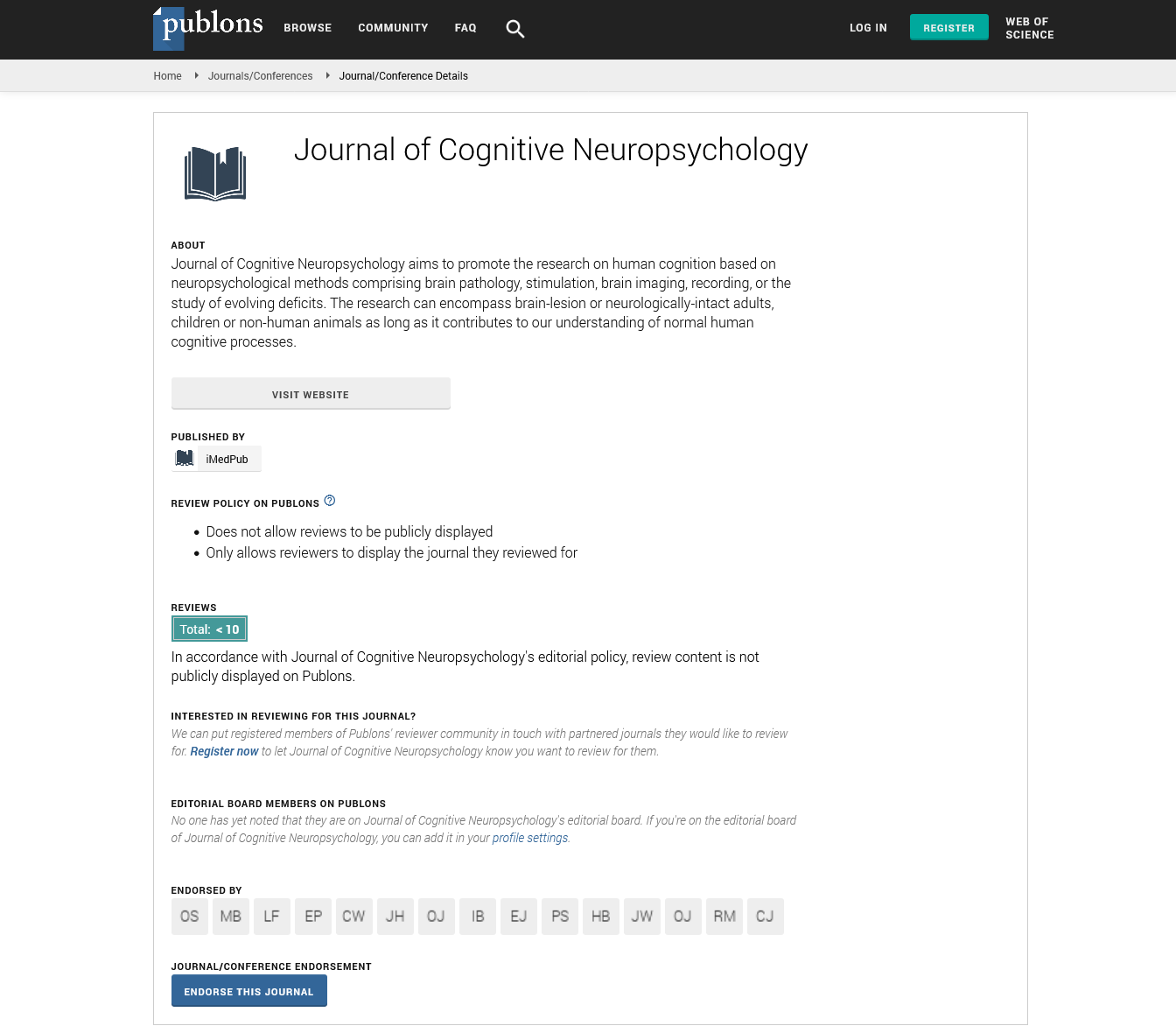Abstract
X-ray phase contrast tomography reveals early vascular alterations and neuronal loss in neurological disorders
Techniques previously used to investigate damage to vascular and neuronal networks in neurological disorders suffer from several limitations. In particular, 2D imaging restricts spatial coverage, entails destructive sample preparation, and may lead to data misinterpretation due to lack of information on the third dimension. In contrast, recent ex-vivo study in mice demonstrated that imaging by X-ray phase-contrast tomography (XPCT) enables the study of the 3D distribution of both vasculature and neuronal networks, without sample sectioning or specific preparation. We have generated and quantified multiscale XPCT to evaluate alterations in vascular and neuronal networks at relevant disease phases of the animal model for multiple sclerosis, experimental autoimmune encephalomyelitis (EAE), in affected mice and to understand how treatment with mesenchymal stem cells (MSC) modifies them. A direct 3D morphological description of EAE lesions is provided at both vascular and neuronal levels at two different length scales, from the whole spinal cord up to capillaries and single cell. Such a multi-scale direct analysis has never been performed to understand EAE pathology and address the effect of an innovative therapeutic strategy. The results strongly indicate i) a trend in alteration of the micron vessels and occlusions in the capillaries, an observation never obtained in tissue without the use of a contrast agent; ii) neuronal alterations with massive loss of lower motor neurons. Such vascular and neuronal alterations were considerably reduced in MSC-treated mice. We have also applied XPCT to the investigation of other neurodegenerative disorders, i.e. Alzheimer and amyotrophic lateral sclerosis (ALS) and the results will be presented.
Author(s): A. Cedola
Abstract | PDF
Share This Article
Google Scholar citation report
Citations : 8
Journal of Cognitive Neuropsychology received 8 citations as per Google Scholar report
Journal of Cognitive Neuropsychology peer review process verified at publons
Abstracted/Indexed in
- Google Scholar
- Publons
- MIAR
Open Access Journals
- Aquaculture & Veterinary Science
- Chemistry & Chemical Sciences
- Clinical Sciences
- Engineering
- General Science
- Genetics & Molecular Biology
- Health Care & Nursing
- Immunology & Microbiology
- Materials Science
- Mathematics & Physics
- Medical Sciences
- Neurology & Psychiatry
- Oncology & Cancer Science
- Pharmaceutical Sciences
